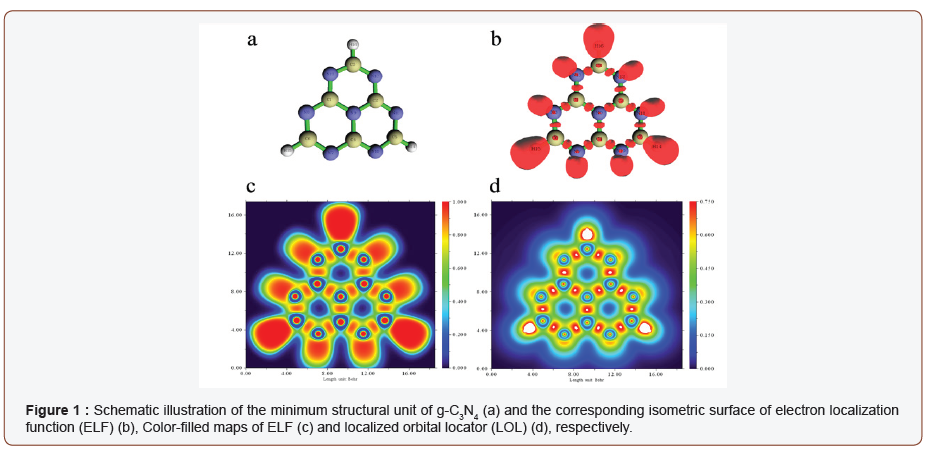 Editorial
Editorial
Advance of the Modified g-C3N4 Materials by Doping WOx (X=0.1, 0.2, 0.3)
Jizhou Jiang*
School of Environmental Ecology and Biological Engineering, School of Chemistry and Environmental Engineering, Wuhan Institute of Technology, Wuhan 430205, P.R. China.
Jizhou Jiang School of Environmental Ecology and Biological Engineering, School of Chemistry and Environmental Engineering, Wuhan Institute of Technology, Wuhan 430205, PR China, Email:027wit@163.com
Received Date: November 23, 2018; Published Date: November 30, 2018
Editorial
The non-stoichiometric tungsten oxide nanostructure, WO2.9 (W25O73, dark blue color) is an efficient electrocatalyst for hydrogen evolution in acidic water, which has shown promise as an alternative to platinum (Nature Communications 2015, 6, 8064(1-7)). Generally speaking, the oxygen vacancies or oxygen deficiencies can affect the electronic band structure and enhance the conductivity. Blue tungsten oxide-based materials, WO2.8 (W5O14) are used as promising anode materials for lithium-ion batteries (Adv. Funct. Mater. 2018, 28, 1707500). And sea urchin-like WO2.7 (W18O49, purple color) nanowire can be used as a substrate material to magnify the substrate-analyte molecule interaction, leading to significant SERS response, even comparable to noble metals without ‘hot spots’. The extremely high electrocatalytic activity and SERS response can probably be attributed to the presence of oxygen deficiencies, either intrinsic or on the surface (Nature Communications 2015, 6, 7800(1-7)).

As shown in Figure 1, our group have drawn the color-filled maps of electron localization function and localized orbital locator. Chemical bonds, electronic clouds and lone pairs of electrons of g-C3N4 structure can be clearly seen. Based on our past work of the preparation and modification of g-C3N4 and their SERS sensing, photo/electro-catalytic applications (Carbon 2018, 130, 652-663; Carbon 2015, 87, 193-205; Carbon 2014, 80, 213-221; Applied Surface Science 2019, 467-468, 608-618; Catalysis Letters 2018, 148, 3342-3348; Applied Surface Science 2018, 430, 362-370; Materials Letters 2018, 212, 288-291; Scientific Reports 2016, 6, 34599(1-10); RSC Advances 2016, 6, 47368-47372), we expect that there will be a very strong electro-catalytic and optical performance based on the modified g-C3N4 materials by doping WO2.9, WO2.8 or WO2.7. From the perspective of the experimental and DFT calculation, we are investigating the electron transfer of WOx coordinated g-C3N4 and the catalytic performance of this kind of heterojunctions with oxygen deficiencies (Figure 1).
Acknowledgement
None.
Conflict of Interest
No Conflict of Interest.
-
Jizhou Jiang. Advance of the Modified g-C3N4 Materials by Doping WO3-x (X=0.1, 0.2, 0.3). Mod Concept Material Sci. 1(1): 2018. MCMS.MS.ID.000501.
-
Non-Stoichiometric Tungsten Oxide Nanostructure, Electrocatalyst, Hydrogen Evolution, Acidic Water, Platinum, Nanowire, Material, Substrate-Analyte Molecule Interaction, High Electrocatalytic Activity, Oxygen Deficiencies, Intrinsic, Electron Localization Function, Orbital Locator, Chemical Bonds, Electronic Clouds, Lone Pairs of Electrons, Photo - Electro-Catalytic Applications, Catalytic Performance, Heterojunctions
-

This work is licensed under a Creative Commons Attribution-NonCommercial 4.0 International License.






